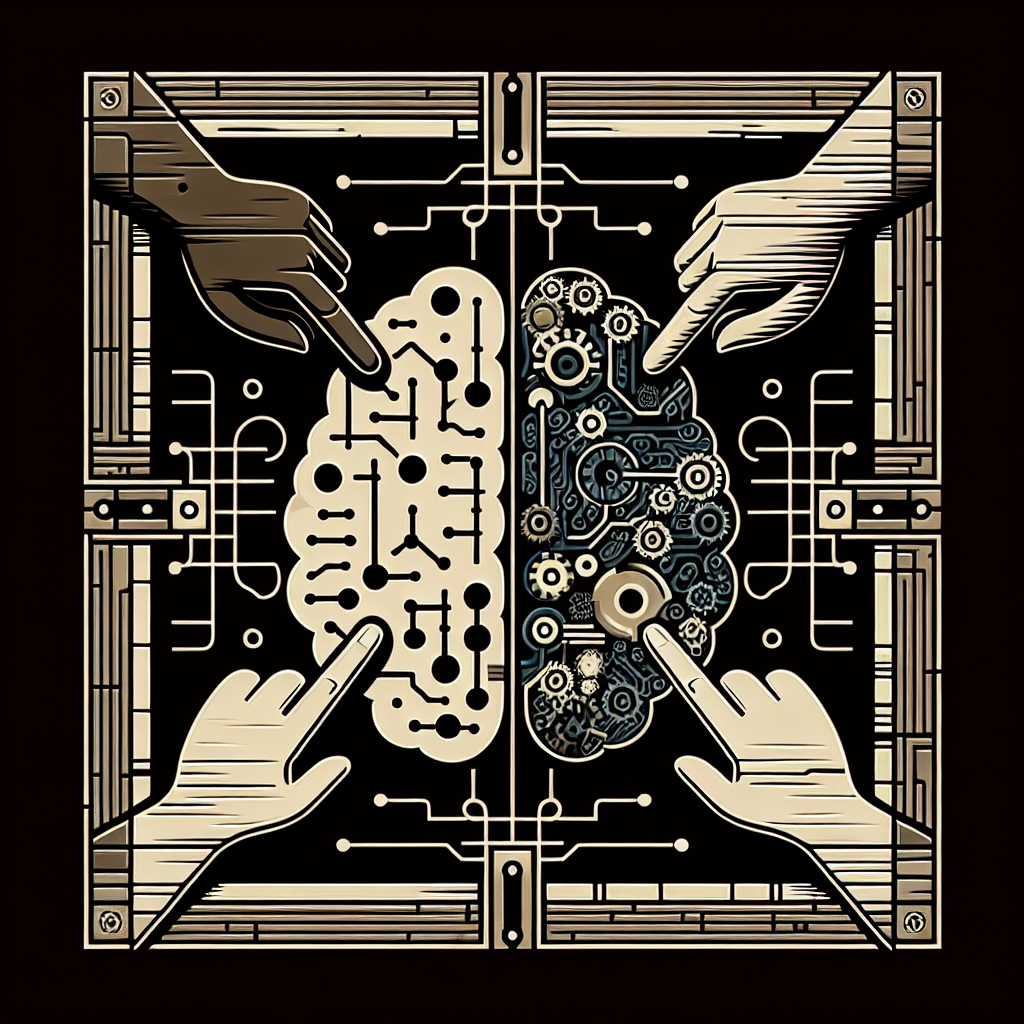Addressing bias and discrimination in AI systems is a critical issue that has gained significant attention in recent years. As artificial intelligence becomes more prevalent in various aspects of our lives, it is essential to ensure that these systems are fair and unbiased to avoid perpetuating existing societal inequalities. In this article, we will explore the causes of bias in AI systems, the potential consequences of biased algorithms, and the strategies that can be employed to mitigate bias and discrimination.
Causes of Bias in AI Systems
Bias in AI systems can arise from various sources, including the data used to train the algorithms, the design of the algorithms themselves, and the human biases of the individuals involved in the development process.
One of the primary sources of bias in AI systems is the data used to train the algorithms. If the training data is not representative of the population it is meant to serve, the resulting algorithms may not accurately reflect the diversity of the real world. For example, if a facial recognition algorithm is trained primarily on data from white individuals, it may be less accurate in identifying faces of people of color.
Another source of bias in AI systems is the design of the algorithms themselves. Some algorithms may inherently encode biases based on the assumptions and decisions made by the developers. For example, a hiring algorithm that is trained to prioritize certain attributes, such as educational background or work experience, may inadvertently discriminate against candidates from underrepresented groups.
Finally, human biases can also play a role in the development of biased AI systems. The individuals involved in designing and training AI algorithms may hold unconscious biases that can influence their decision-making processes. These biases can manifest in the selection of training data, the design of the algorithms, and the interpretation of the results.
Consequences of Biased Algorithms
The consequences of biased algorithms can be far-reaching and have serious implications for individuals and society as a whole. Biased AI systems can perpetuate existing inequalities and reinforce stereotypes, leading to discrimination and harm to marginalized groups.
In the context of hiring and recruitment, biased algorithms can result in qualified candidates being overlooked or unfairly discriminated against based on factors such as race, gender, or socioeconomic status. This can perpetuate systemic inequalities and limit opportunities for individuals from underrepresented groups.
In the criminal justice system, biased algorithms used for risk assessment and sentencing can result in harsher outcomes for individuals from marginalized communities. For example, a predictive policing algorithm that targets certain neighborhoods based on historical crime data may disproportionately impact communities of color and lead to increased surveillance and policing in these areas.
In healthcare, biased algorithms used for diagnosing and treating patients can result in disparities in access to care and outcomes for different demographic groups. For example, an algorithm that is trained on data primarily from white patients may be less accurate in diagnosing conditions in patients of color, leading to misdiagnosis and inadequate treatment.
Mitigating Bias and Discrimination in AI Systems
Addressing bias and discrimination in AI systems requires a multi-faceted approach that involves careful consideration of the data used to train algorithms, the design of the algorithms themselves, and the decision-making processes of the individuals involved in the development process.
One key strategy for mitigating bias in AI systems is to ensure that the training data is diverse and representative of the population it is meant to serve. This may involve collecting data from a wide range of sources and actively seeking out data from underrepresented groups. Additionally, it is important to regularly audit and evaluate the training data to identify and address any biases that may exist.
Another important step is to carefully consider the design of the algorithms themselves and the assumptions that underlie their operation. Developers should be mindful of the potential biases that may be encoded in the algorithms and take steps to mitigate these biases through techniques such as bias mitigation algorithms and fairness constraints.
Additionally, it is crucial to promote diversity and inclusion in the development of AI systems. This includes ensuring that diverse perspectives are represented in the decision-making process and that individuals from marginalized groups are involved in the design and testing of algorithms. By fostering a culture of diversity and inclusion, organizations can help to mitigate bias and discrimination in AI systems.
Frequently Asked Questions
Q: How can I tell if an AI system is biased?
A: There are several ways to detect bias in AI systems. One common approach is to conduct bias audits, where the performance of the algorithms is evaluated across different demographic groups to identify any disparities in outcomes. Additionally, it is important to examine the training data and design of the algorithms to identify potential sources of bias.
Q: What are some strategies for mitigating bias in AI systems?
A: Some strategies for mitigating bias in AI systems include ensuring that the training data is diverse and representative, carefully considering the design of the algorithms, and promoting diversity and inclusion in the development process. Techniques such as bias mitigation algorithms and fairness constraints can also be used to address bias in AI systems.
Q: How can I advocate for fair and unbiased AI systems?
A: Advocating for fair and unbiased AI systems involves raising awareness about the importance of addressing bias and discrimination, engaging with policymakers and industry leaders to promote ethical guidelines and standards for AI development, and supporting initiatives that promote diversity and inclusion in the field of artificial intelligence.
In conclusion, addressing bias and discrimination in AI systems is a complex and multifaceted challenge that requires a concerted effort from all stakeholders involved in the development and deployment of artificial intelligence. By actively working to mitigate bias and promote diversity and inclusion, we can help to ensure that AI systems are fair, unbiased, and reflective of the diverse world in which we live.

